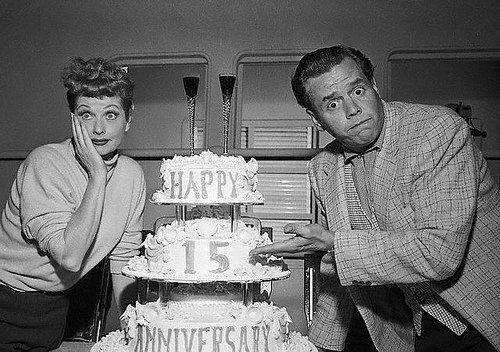
When I Love Lucy first hit the airwaves in 1951, America was in the midst of major cultural shifts. Post-World War II optimism was high, the suburbs were growing, and traditional gender roles were being reinforced—but I Love Lucy both reflected and challenged those ideas.
The All-American Dream with a Twist
The Ricardos lived in a modest New York apartment, capturing the lifestyle of a young working-class couple. Ricky Ricardo was a Cuban-American bandleader—an unusual choice for a 1950s sitcom lead—and Lucy, a housewife, constantly challenged the idea that her place was only in the kitchen.
Lucille Ball’s character brought humor to serious social dynamics: cross-cultural marriage, women’s ambitions, and the boundaries of conformity. Instead of preaching change, the show made audiences laugh while subtly expanding their worldview.
Pushing the Boundaries
In 1952, Lucille Ball’s real-life pregnancy was written into the show—something unheard of at the time. Though CBS refused to use the word “pregnant” on air, the storyline marked a significant cultural moment. The episode where Lucy gives birth, titled “Lucy Goes to the Hospital,” drew 44 million viewers—more than the number of people watching President Eisenhower’s inauguration the next day.
Through laughter, I Love Lucy helped America navigate its identity in a rapidly changing postwar world.
